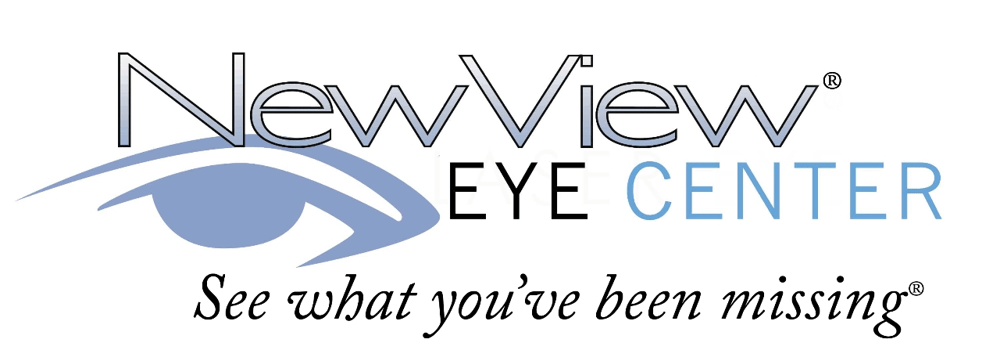Ocular Hypertension
Individuals that have perfectly good eyesight can still have a high ocular (eye) pressure called ocular hypertension. This pressure can be easily and painlessly measured during a routine eye exam.
Symptoms
Ocular hypertension usually has no signs or symptoms; it may go unnoticed for years. It is often discovered during an eye examination, sometimes when the patient just goes in to have his eyeglasses checked. Why is it important to have your eyes checked for high ocular pressure? Typically, high ocular pressure is associated with glaucoma, which is a serious eye disease that can cause permanent damage to the optic nerve and lead to vision loss. Not everyone found to have ocular hypertension will develop glaucoma but it does increase the risk of developing it in the future. Your ophthalmologist will want to monitor you closely. Early treatment is the key to preventing glaucoma and reversing its affects.
Treatment
After determining the intraocular pressure of each of the eyes, the ophthalmologist will decide what treatment is necessary. If the pressure is marginally high, the doctor may choose to continue monitoring the pressure over the next few months. If the pressure remains constant, observation alone may continue. If the pressure is determined to be high at the first measurement or if it continues to rise in the following appointments, the ophthalmologist will probably prescribe an anti-hypertensive drug in the form of drops you place directly on the eye. Many times the patient will do well with a single type of eye medication, but sometimes more that one type of drops is needed. Several new glaucoma medications have come to market recently. Your ophthalmologist is best qualified to determine the appropriate medication for your situation.
No cure has been found for ocular hypertension or glaucoma. It is very important that you visit your ophthalmologist for careful monitoring of your ocular pressure and for adjustments to medication if necessary.
